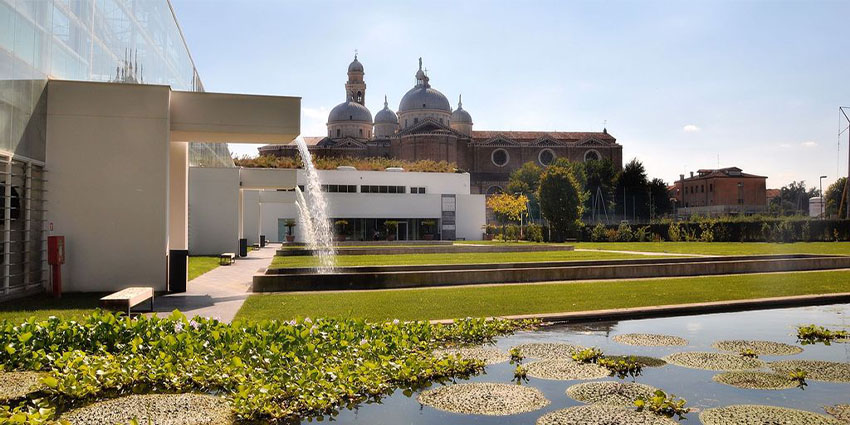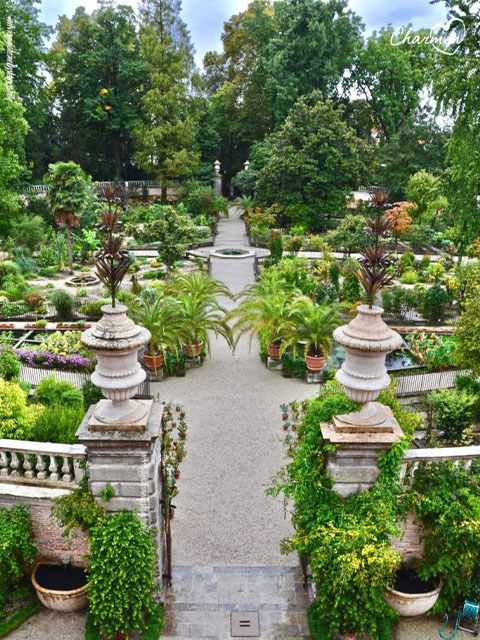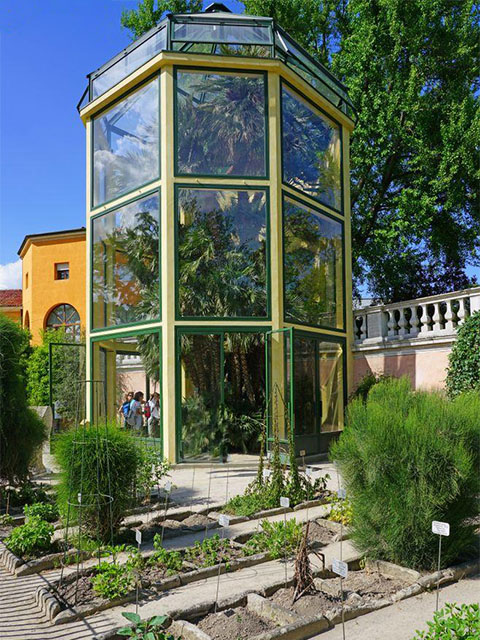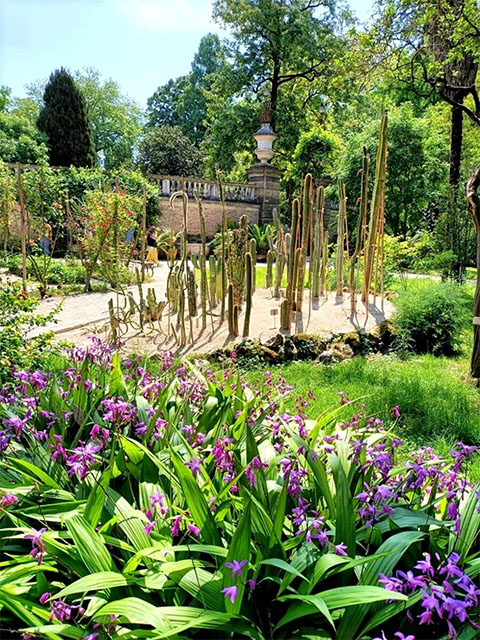
Discover the Timeless Beauty of the Orto Botanico di Padova
Nestled in the heart of Padua, a historic city in Northern Italy, lies a hidden gem that has been captivating visitors for centuries—the Orto Botanico di Padova, or the Botanical Garden of Padua.
Established in 1545, it is the world’s oldest academic botanical garden still in its original location, and it’s much more than just a collection of plants. This extraordinary place is a living testament to the beauty, diversity, and wonder of the natural world, offering an experience that is as educational as it is awe-inspiring.
A Garden Like No Other
As you enter the Botanical Garden of Padua, you are immediately struck by the serene atmosphere and the lush greenery that surrounds you.
The garden spans nearly 22,000 square meters, and every inch is filled with life. From towering trees that have stood for centuries to delicate flowers that bloom in every color imaginable, the garden is a feast for the senses. The moment you step inside, the bustling city outside seems to fade away, replaced by the gentle rustle of leaves and the sweet scent of blooming flowers.
One of the most remarkable aspects of the garden is its incredible diversity. It houses over 6,000 species of plants, each one carefully cultivated and displayed in its natural habitat. Whether you’re a seasoned botanist or just someone who appreciates the beauty of nature, there’s something here for everyone.
The garden is divided into different sections, each dedicated to a specific type of plant or ecosystem. As you wander through the various areas, you’ll encounter everything from Mediterranean herbs to tropical orchids, from rare endangered species to the common plants that make up our everyday environment.

A Living Museum of Plant Life
What truly sets the Botanical Garden of Padua apart is its unique role as a living museum. Unlike traditional museums, where artifacts are static and unchanging, this garden is constantly evolving.
Plants grow, bloom, and change with the seasons, offering visitors a new experience every time they visit. The garden’s layout is meticulously designed to highlight the beauty and significance of each plant, with pathways that lead you through a journey of discovery.
Among the garden’s many treasures is the famous Goethe Palm, a towering palm tree that has been growing here since 1585. It’s named after the German writer Johann Wolfgang von Goethe, who visited the garden in 1786 and was so inspired by the sight of the palm that he wrote about it in his book “Italian Journey.” The tree has since become a symbol of the garden’s long history and its enduring connection to art and literature.
Another highlight is the ancient medicinal garden, where you can explore the plants that have been used for centuries to heal and cure. This section of the garden is a fascinating glimpse into the world of traditional medicine, where nature’s remedies were the primary source of healing.
Many of the plants you’ll find here are still used in modern herbal medicine, and their history is intertwined with the development of pharmacology and medical science.

A Sanctuary for Endangered Species
The Botanical Garden of Padua is not only a place of beauty and history but also a sanctuary for endangered plant species.
In today’s world, where many plant species are under threat due to habitat loss, climate change, and human activity, the garden plays a crucial role in conservation.
It’s home to numerous rare and endangered plants, some of which are found nowhere else in the world. The garden’s staff works tirelessly to preserve these plants, ensuring that they continue to thrive and that future generations can enjoy their beauty.
One of the most important conservation efforts at the garden is the preservation of the ancient trees, some of which are hundreds of years old.
These majestic giants have witnessed the passage of time and stand as living monuments to the garden’s long history. Walking among these ancient trees, you can’t help but feel a sense of reverence and awe, knowing that they have been here for centuries, silently growing and witnessing the changes around them.
A Place of Learning and Inspiration
Beyond its role as a haven for plant life, the Botanical Garden of Padua is also a center for education and research.
It’s part of the University of Padua, one of the oldest universities in the world, and has been a place of learning for nearly five centuries. Students, researchers, and scholars from around the world come here to study the plants, conduct research, and learn about the natural world.
The garden’s rich history and extensive collection make it an invaluable resource for those seeking knowledge and inspiration.
But the garden is not just for academics—it’s a place where everyone can learn and be inspired. Whether you’re attending one of the many workshops, guided tours, or simply exploring on your own, there’s always something new to discover.
The garden’s educational programs are designed to engage visitors of all ages, making it a perfect destination for families, school groups, or anyone with a curiosity about the natural world.

An Unforgettable Experience
Visiting the Botanical Garden of Padua is more than just a walk through a garden—it’s an experience that stays with you long after you leave.
It’s a place where history and nature intertwine, where the beauty of the natural world is on full display, and where you can find peace and inspiration in the midst of a busy world.
Whether you’re a nature lover, a history buff, or simply someone looking for a unique and enriching experience, the garden offers something special.
So, if you ever find yourself in Padua, make sure to take the time to visit this extraordinary garden.
It’s a place where you can reconnect with nature, learn about the wonders of the plant kingdom, and find a moment of tranquility in one of Italy’s most beautiful settings.
The Botanical Garden of Padua is not just a destination—it’s a journey into the heart of nature, and it’s one you won’t want to miss.